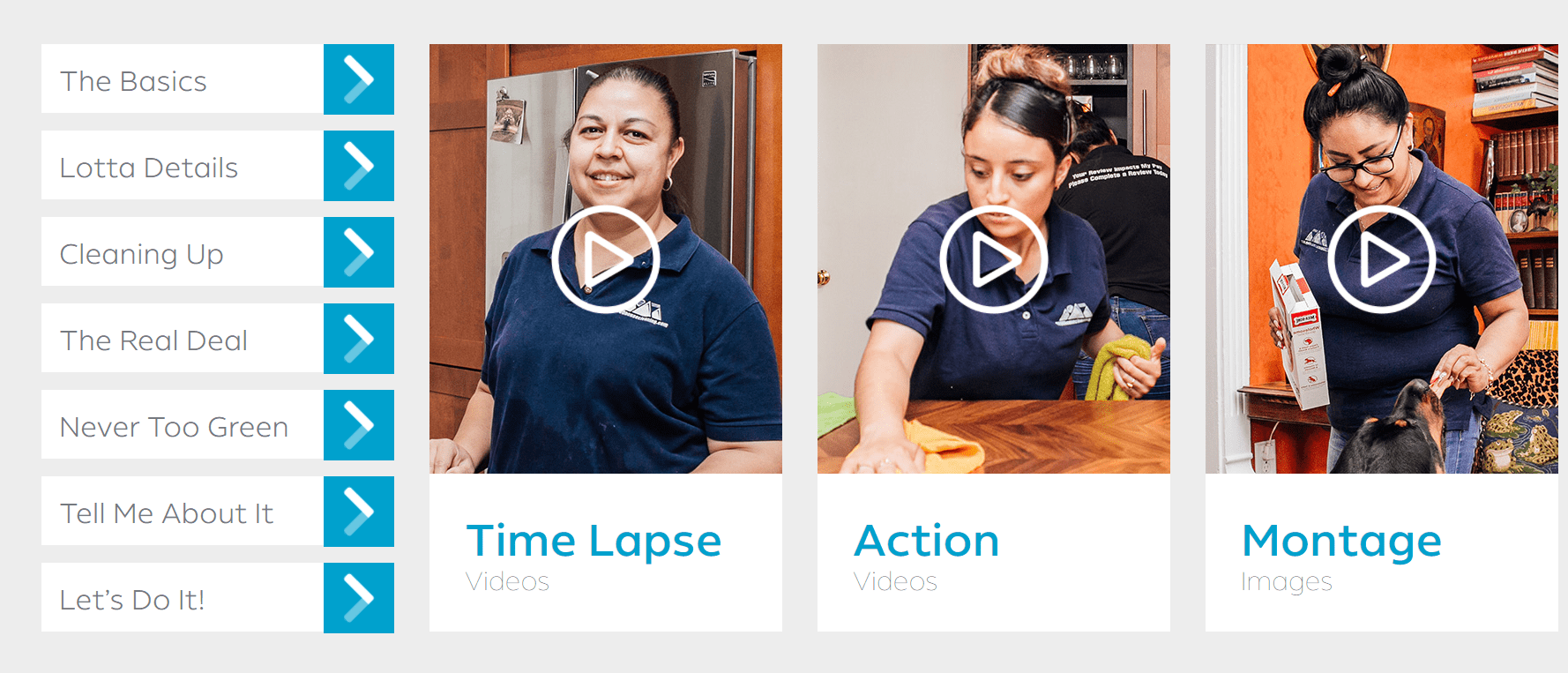How a buyer persona plays in the sale of a product or service
Connecting with what your customer needs is a fundamental element of your marketing strategy. Generating sales can be challenging if you don’t know who your target audience is. For this reason, knowing how to connect with customers IN A WAY THEY NEED is a critical step for your small business.
Do you remember being assigned creative writing stories in English? Creating plot lines and developing characters. Don’t worry, I am not asking you to compete with Ernest Hemingway or Maya Angelou. They created effective storytelling to keep you compelled to finish reading the book.
Storytelling is a vital component of connecting to customers. But, if you don’t have the characters figured out, down to the detail, your story may not come together very well. And, your story may result in losing business to competitors.
The plot of any story at its core is a message. Your marketing strategy and branding is the message for your product or service.
Branding is an idea (the message) that makes your product or service distinguishable from others.

A good marketing strategy and brand differentiates your product or service and ensures that it stands out to your target audience. How does an author differentiate? His/her characters. How does a marketing strategy differentiate? Its buyer persona.
How do you develop a character?
- Put your character into context
- Establish your character’s current emotional motivations
- Bring your character to life
How do you develop a buyer persona? Answer these questions.
- Who is your target audience?
- Where can you find them?
- What sources do they rely on to help guide them?
- What are the motivations, goals, and must NOT have that they seek, and how can you link these to your product or service?
- What is your action plan for reaching your target audience?
This is Where Your Buyer Persona is Relevant.
In our previous blog, we discussed the importance of maximizing the changes that have occurred with Google’s algorithm update. Remember this update is designed to focus on language content, and how easily the content appears for the user.
Google has made it evident to its users that it understands the relationship between words similar to how humans understand.
What is this content you speak of? You like that. A little Shakespeare for you. Okay maybe, alright definitely not Shakespeare. A for effort??
The content is your website, and any communications (marketing) you have with your target audience. It can be online or offline.
Examples include:
- Website
- Advertising
- Email communications
- Sales brochures, presentations, informational packets
- Videos
- Social media posts
- How your team connects with customers
- and the list goes on and on!
Your content needs to align with the actual needs and wants behind your target audience’s needs and wants for your product or service. That means utilizing a buyer persona.
Content marketer experts like Michael Brenner stress the importance of having a buyer persona as an essential ingredient to a successful marketing campaign. It needs to be a recipe for success.
How can you ensure your business is optimizing content for your buyer persona?
Your website, content, and anything relevant to your brand should be built for people not for a crawler. A crawler will lead people to your website. But it can’t make a person interact and engage with your website. That is what the content and a nicely designed and laid out website does.
The two main elements you need to consider to best optimize your buyer persona are humanizing content and creating value.
Humanizing Your Content
Your target audience needs to be able to relate to and understand your product or service.

Essential Question 1: Does the content tell a story that highlights the mission and vision of your business?
Your mission statement drives the here and now and your vision drives your future. You need to connect to their driving purpose and passion for wanting the product or service. Together they establish purpose and meaning.
If they don’t understand, they are not connected. What is their incentive to purchase your product or service? How does your brand answer those pressing questions and meet the needs or wants they seek?
IT ALL COMES DOWN TO HOW YOUR BRAND CONNECTS WITH YOUR AUDIENCE.
Let’s examine Nike.
Every description of every shoe reflects their story. Look at the Women’s Nike Air Zoom Tempo NEXT%. The description of their product connects to the WANTS and NEEDS of their buyer persona built for women runners. It is simply a shoe, but then connecting the show to how it will improve their specific wants and needs signals that this is the type of shoe they are looking for.
This was all developed through understanding what the customer needs.

As a former runner, the product description (the content), makes me feel like I can maximize my potential as a runner. It describes the possible scenarios where I would use this shoe, and how it would help me through these challenges and make me a better athlete.
Essential Question 2: Does the content allow your target audience to connect in an authentic way?
As everyone on the planet braces for the rest of 2020 and wants to ring in 2021, businesses need to recognize what their customers are experiencing and living through.
Many people do not want to risk their health for a cup of coffee no matter how much they love Pumpkin Spiced Latte or Chai Tea Latte (my personal addiction). And let’s face facts, the economy has impacted our bank accounts in many ways and Starbucks could be seen as a want and not a need.
Consequently, Starbucks reevaluated their buyer persona(s) to account for the shift in market place conditions.

Starbucks not only offers to deliver but provides an enticement with a discount on delivery.
Starbucks is saying we don’t want you to risk your health. And they are saying we get that money might be tight.
Creating Value
Your target audience needs to know that your product or service is worth their time and that there is something in it for them.

Essential Question 3: Does the content anticipate the needs and wants of your target audience?
My first car was a Toyota. My 2nd was a Rav4 that I drove for years. My 3rd was a Prius that I loved but unfortunately, the Chicago winters didn’t. Now my current car is a Rav4 with, you guessed it, four-wheel drive.
Living in an environment where road conditions are not the best in the winter, especially since I live in Colorado now and sometimes drive in the mountains in the winter, I need the right car.
I wanted to purchase a car that would assure me that it can handle any road condition I may face. And that is exactly what my Rav4 does for me. How do I know this?

Toyota clearly spells out all of the features that you could want and then some. Look at the detailed explanation. This description fits a wide variety of drivers from Colorado to Tennessee to Iowa.
And you can probably guess, Toyota has many buyer personas that speak to the driving conditions in each market area.
Again, this was all identified through research on what this target audience wants to connect with them.
Essential Question 4: Does the content demonstrate the benefits of your product/service over your competitors?
The amount of time and energy you put in will depend on what you are purchasing.
If it is something as simple as a front porch light you are looking at around 20 to 30 minutes. If you are looking at something like new cabinets for your kitchen that is time and energy just went up dramatically.
Knowing that researching a product or service takes time and energy, you need to make sure that your target audience interacts and engages with your website.
To do that you need clear and focused information that is easy to find and easy to understand all that your product or service has to offer located on your website.
Since I detest cleaning the house, let’s say I am on your company’s website to see if your services are worth using.
There is a long list of items that I will look at.
- Cost per hour/quote
- Availability
- Type of service – routine versus a deep cleaning
- Type of products used – environmentally friendly, hypoallergenic
- Ability to customize services
- Satisfaction guarantee
- Ease of making an appointment
- Reputation/reviews
- And I could keep going . . . .

The information on the website above is easily accessible, organized, and provides a wide range of information. Notice the use of video. Not only can you read about their services you can see their services.
Now let’s say I am torn between your company and another. Which is probably not an uncommon occurrence given the similarity of services.
What is going to tip the scale in your favor?
Your buyer persona.
Let’s say that part of their buyer persona is a customer who likes to use local businesses. That would be something that is highlighted on the website as well as how long they have been in business.
And now your buyer persona becomes an actual customer.
It is all about research.
So, how can you research on a limited budget?
Anytime you need to make a purchase you want to know that you are getting the best value for your money.
Translation, you will need to invest time and energy into researching.
Here are tips to start your research process, for FREE:
- Look at your web analytics. If you have installed Google Analytics on your website, this is an excellent start to identify very specific characteristics of:
- Who visits your website?
- Where do they live?
- How old they are (approximately)?
- Their gender
- What content do they seem to like on your website?
- Where you may lose them before they purchase (e-commerce)?
- Where they spend the most and least amount of time (excellent for where to place new content)?
- Look at your social media analytics to figure out what types of content resonate.
- What types of content do people seem to like more?
- What content themes spark the most interest?
- Who are they (age, location, gender)?
- Look at your existing sales.
- Use your customer relationship management (CRM) to see what kinds of customers tend to purchase more often, and when
- What products or services do they seem to buy the most?
- Get input from customers and the sales team.
- Ask customers what they enjoy about working with your business.
- Ask sales teams what types of sales rebuttals, blocks to sales, or challenges they may face. This helps anticipates how to answer these in your marketing before they become an issue.
- The intangible benefits you will find are amazing.
You get get a wealth of information about customers, sales, demographics, and businesses using National Census data.
Summary
Have you ever heard the expression that knowledge is power? The knowledge you have about your buyer persona gives you the power to transform your target audience into your customer base.
In order for your business to produce content that is relevant to your target audience, you need to demonstrate information in the following ways.
- Emphasize information that your target audience can identify with.
- Remember that people appreciate genuine interactions and rebuff the superficial. Find out what they truly want.
- Tell your target audience what they want to hear before they even ask the question. Prepare for rebuttals before they become one.
- Research first. Do not make up a buyer persona without data. Make sure you use our tips for doing effective research for FREE.
Remember, not only are you answering the questions, you have to use language that maximizes search engine algorithms like Google’s. Language that is clear and focuses on the content.
Using your buyer persona and answering the 4 essential questions, you are on your way to increasing traffic to your website. Moreover, your business is creating interaction and producing engagement.





0 Comments